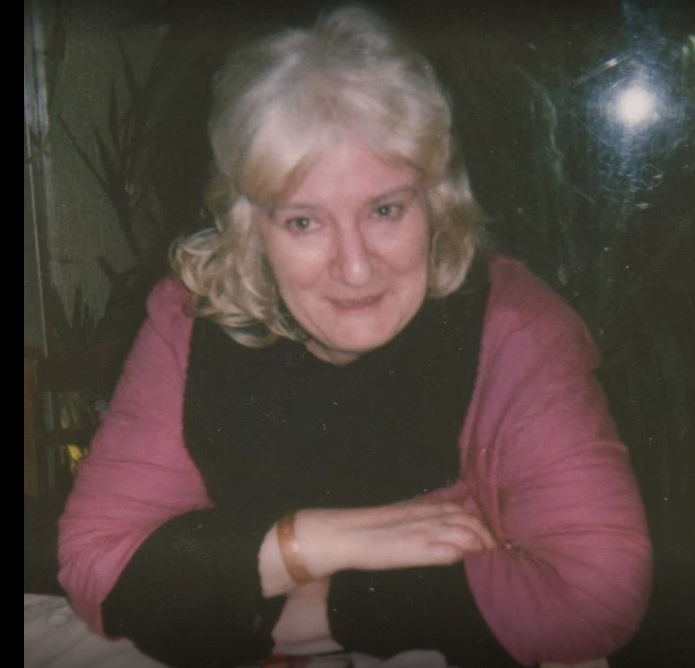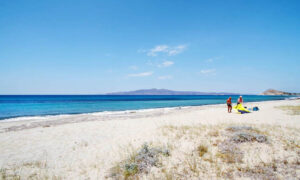The Marche region of Italy, or Le Marche, is not as popular a tourist destination as its neighbour, Tuscany, but that, I think, makes it all the more attractive.
It has the best of everything – beaches, mountains, medieval hilltop towns, vineyards and wonderful food. Its capital is the port city of Ancona which connects Italy to Igoumenitsa, Corfu or Patras in Greece and to Croatia (Dubrovnik).
I really don’t know why it is not as popular as its neighbour, Tuscany. In fact, the only way Le Marche seems to get the world’s attention is through migrant issues, not its incredible offering of experiences.
Food festivals in Le Marche

ACQUALAGNA BILLS ITSELF AS THE TRUFFLES CAPITAL OF ITALY
Arguably the best time of year to experience the delights of Le Marche is autumn when there are the food festivals. My favourites are the mushroom festivals which are held all over the region in October and November.
There are festivals dedicated to truffles too! These truffles are tartufo, not the chocolate variety, although there are also chocolate festivals.
For example, Acqualagna is the self-styled truffle capital of Italy holding a white truffle fair every weekend from October to mid-November. Sant’Angelo in Vado, also hosts a white truffle fair at the weekends during the same period.
If you are a fish and seafood fan, then visiting the annual spaghetti and mussel festival in Pedaso is a must! In Italian this festival is called Sagra Nazionale delle Cozze e degli Spaghetti alla Marinara. The festival attracts both Italian and foreign tourists and they are regaled with music while they explore the market and, of course, eat.
The festival takes place between 12 and 15 of August each year.
Macerata
At the turn of the 20th century, I was living in Macerata in Le Marche. I returned recently and was surprised by its size now.
It has overspilled its medieval walls even more than it had when I lived there. Also, there are more immigrants/refugees living there than before, so it is more multicultural now. It still holds its bi-weekly street markets where you can usually pick up some bargains, but if you don’t find anything you like, then there’s always the weekend market in Civitanova, the coastal capital of the province.
Macerata is fascinating for many reasons. Its medieval centre with its stone streets is a delight to wander around.
Wherever you go in Macerata there are restaurants with wonderful food cooked with local ingredients. If you look down into the valley from the huge walls, you may catch sight of the white cattle whose milk goes into the production of Mozzarella.
This is not at all like the rubbery stuff we buy in plastic wrappings. You can buy some in the food market, and you can also find other delicious cheeses. You’ll find that the Italians keep their best produce for themselves. I was amazed at the difference between the gorgonzola we buy in the United Kingdom and the real Italian stuff! It doesn’t taste like the same cheese. In fact, all the cheeses I tried in Italy were superb.
The Sferisterio is one of Italy’s most famous venues for opera in Italy, and nearly every marquee singer has performed here including Luciano Pavarotti, Plácido Domingo, Marilyn Horne and José Carreras.
The Sferisterio is in the heart of the old city, and if you can, you should try to attend the Macerata Opera Festival there. In July and August, operas take place in this old open-air theatre, which opened in 1829. It wasn’t initially built for opera-goers, but for the 15th century game of pallone col bracciale, which translates as ball and bracelet.
Visit Tolentino
When you have seen all you can in Macerata, you can head to Tolentino by train. Napoleon Bonaparte famously forced Pope Pius VI to sign the Peace of Tolentino in 1797.
Tolentino is a gem of a town and you really should visit its historic centre. It is a destination for pilgrims who visit the city to ask for blessings from Saint Nicholas of Tolentino. His shrine is in the impressive Gothic cathedral the Cappellone di San Nicola.
A little to the east of the town is the Castello della Rancia, which was built in the 12th century as a Benedictine abbey. The ruling Da Varano family had it made into a castle in 1357. It has had a turbulent history and seen many battles. The last of these was the Battle of Tolentino, fought in 1815. This battle is re-enacted every year in May, so make a note of it if you enjoy military history and re-enactments of famous battles.
Loreto
Loreto is another popular site for pilgrimages. The Basilica della Santa Casa (Holy House) covers the house which is reputed to have been the home of the virgin Mary. Pilgrims believe that the house was transported by heavenly beings to Loreto from Jerusalem to Trsat (Croatia) and then to Recanati a town in the province of Macerata before completing its journey and landing in Loreto.
If you are a fan of Gothic architecture, this is a must-see cathedral. The square (the Piazza della Madonna) in front of the cathedral is magnificent and the loggia is a great place to hide from the summer sun or the autumn and winter rain. Locals will tell you, if you ask them, about the miracles they have witnessed, and the miraculous cures performed by the Virgin.
Fans of the poet Giacomo Leopardi can visit his house (Casa Leopardi) in nearby Recanati.
The Sibylline Hills National Park
The Sibylline Hills and the Parco Nazionale dei Monti Sibillini are great for those who love walking or hiking. The Sibyl is supposed to have lived in a cave in the hills and those who visited her were seekers after wisdom.
You can camp in the hills too if you like being close to nature. You might be lucky enough to see golden eagles soaring high above you.
To get to the park, you can take a train to Ascoli Piceno, Camarino or Spoleto, or take a bus to Fermo.
If you feel like climbing, the highest peak in the park is Mount Vettore, which is 8,123 feet (2,476 meters) above sea level.
So there you have it … La Marche has everything its more celebrated (and touristic) neighbors have and more. Well, except the crowds and tourist prices.
 About the author:
About the author:
Lynne Evans is originally from Wales but is an inveterate traveller. She is passionate about writing and feels compelled to write something every day.
Lynne has visited many countries in Europe and South Asia. Working as a freelance writer gives her opportunities to travel.
She’s currently living in her favourite country, Greece, in Athens. In the past, she was always leaving Greece and then returning. This time she wants to stay, despite the economic situation.














